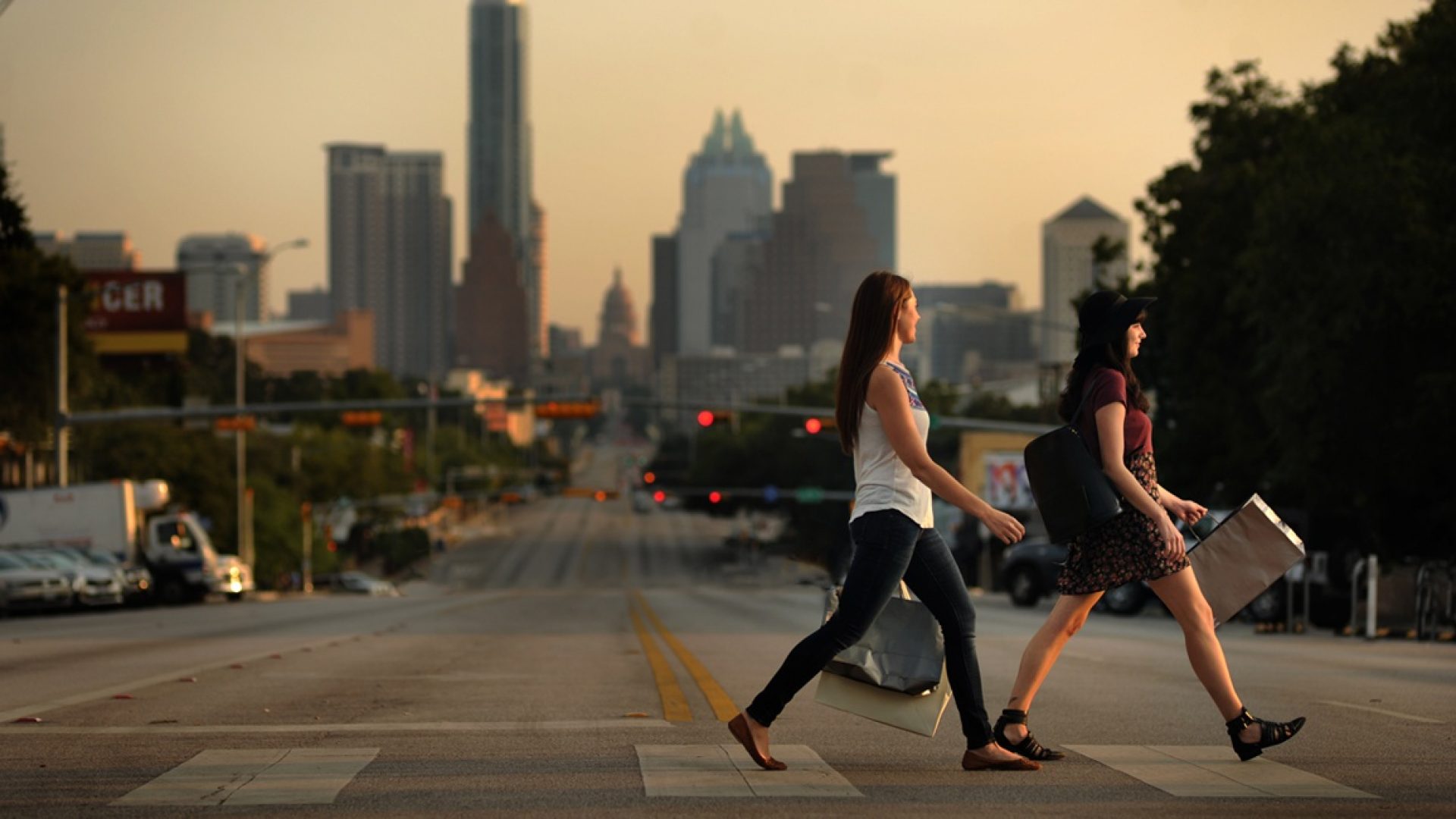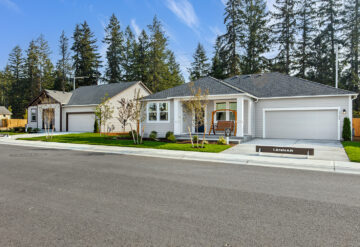One of the many myths about the brain is that it has two distinct halves: the left brain is more practical and analytical, while the right brain is more creative and colorful. The same distinction can be found within our cities, and it’s not a myth. This article from CityLab highlights a new study that takes a detailed look at the kinds of neighborhoods that are home to high-tech industries versus those that foster vibrant arts, cultural and music scenes. What makes some places more innovative than others? How do certain neighborhoods come to specialize in different types of creativity?
The study, published in the journal Regional Studies by my Martin Prosperity Institute (MPI) and University of Toronto colleague Greg Spencer, asks: To what degree do these two main types of innovative activity prefer urban versus suburban neighborhoods?
The main finding of the study is that these two types of activities – science-based versus creative industries – are based in very different kinds of locations. The science-based firms and industries are out in the suburbs, along highway interchanges, and in newer, low density suburban campuses. The creative industry locations are much more urban, dense, closer to the core of the city, walkable, mixed-use and often served by public transit. Creative workers are more likely to live in or near the neighborhoods in which they work, while science and engineering workers live farther away and are more likely to commute by car.




